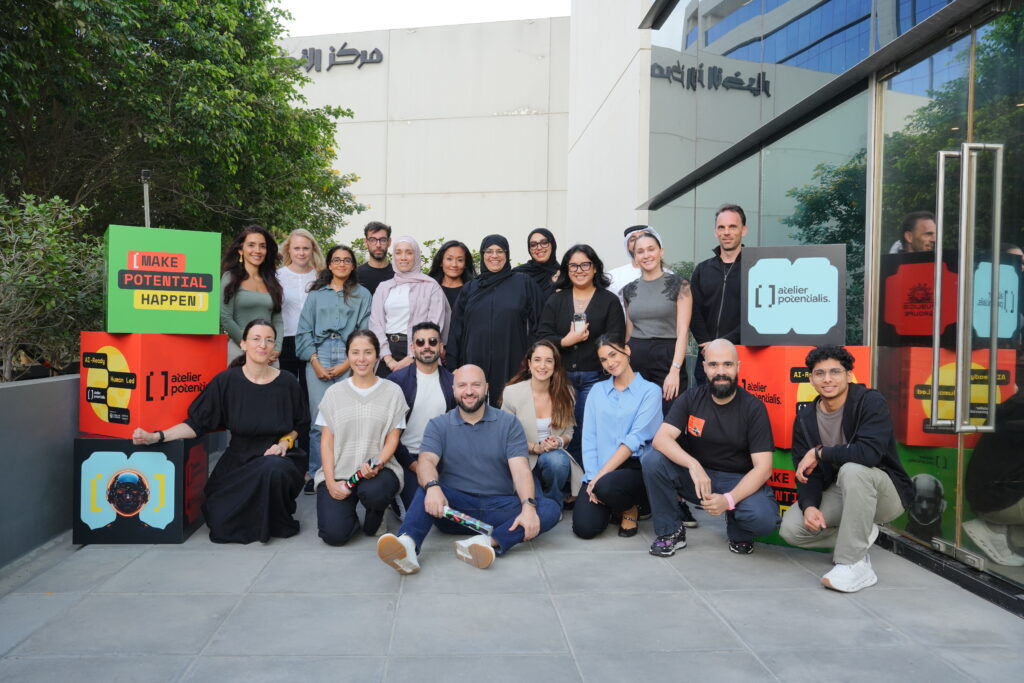By
The study, called Influence Quotient, also found that 76% of content creators post five or more times per week. However, 82% said that only one-quarter or less of their content is sponsored by a brand. This affirms that creators are strategic about their content and brand partnerships, upholding an engaging ratio of sponsored ads to organic editorial.
Best hack?
The top thing influencers say they take into consideration when partnering with a brand is how well the brand aligns with their content. Brands and marketers need to work closely with partners to understand their missions, visions and values in order to go beyond sheer data and ensure that partnerships work from a brand-ethos perspective. This alignment of values will drive maximum effectiveness.
Biggest mistake?
The No.1 mistake brands are making with influencers is to focus on one-off activations instead of partnering on long-term campaigns. In fact, brand partners who work with influencers on three or more posts, or on two or more campaigns, see a significant increase in engagement and sentiment. More and more brands are realizing the value of activating influencers for longer-term strategies and this will continue to grow in popularity.
• Brands looking to drive conversation should partner with micro influencers to leverage their close, personal audience connections.
• Brands should go into an influencer campaign with a clear idea of their objectives and then find the right content creators with the most appropriate posting cadence to reach their goals.
• In addition to vetting influencers quantitatively, it’s imperative to incorporate a human layer of sourcing to review the quality of the content, the types of engagements they receive and the engagement of their audiences. Even if an influencer has millions of followers, if those followers aren’t authentically interacting with posts or aren’t part of the target audience the brand is looking for, then that partnership won’t be impactful.
Staying ahead of influencer marketing trends
Working with content creators who have smaller followings is a well-known tactic in the industry to drive high engagement rates and make measurable impact with a niche audience. Over the duration of the year, expect to see more brands leveraging nano influencers with 5K-15K followers. These everyday people know their followers on the deepest level. We have found that nano-influencer activations result in 175% higher rates of engagement versus their higher-tiered counterparts.
Instagram stories are an engaging way to reach influencer audiences authentically. More and more brands are seeing the value of these short, in-the-moment assets, with more than 85% of our clients activating stories in 2018.
Extending reach through targeted, paid media using the influencer-created assets makes social stories go further and adds value to the brand’s influencer investment. Most content creators can only reach a few hundred-thousand followers with their posts but, by amplifying beyond organic audiences to other in-demo consumers, brands can maximize the campaign and reach interested audiences at scale.
Pamela Kaupinen is SVP strategy at HelloSociety, a New York Times company. This article is published in collaboration with adage.com





